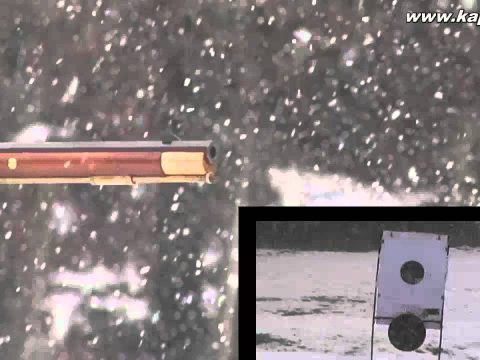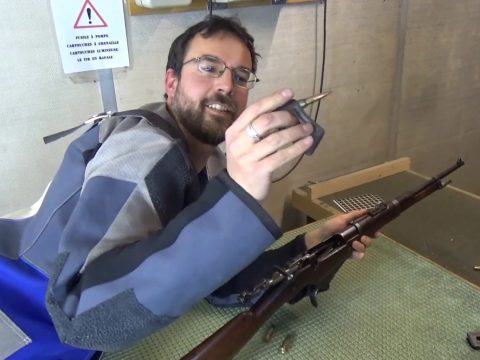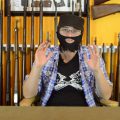https://www.instagram.com/rockislandauction/
https://www.youtube.com/user/RockIslandAuction
This is lot #3220 in the upcoming RIA Premier Auction. It was scheduled for April, but has been postponed – check their web site for upcoming Online Only auctions every month, though!
The Model 1871 Ward-Burton was one of the early experimental rifles trialled by the US military in its search for a new breechloading rifle to replace the theoretically-interim Allin conversion that made muzzle-loading rifles into Trapdoor Springfields. Four breechloading cartridge rifles were selected for field trials in the early 1870s: the Sharps, the Trapdoor Springfield (as a control), the Remington Rolling Block, and the Ward-Burton bolt action. It was a single-shot design, and the only one of the trial designs that would not have already been relatively familiar to US troops at the time. While the bolt action system is ubiquitous today, it was quite novel in the 1870s.
Mechanically, the Ward-Burton was fairly standard by today’s standards, although it used two sets of interrupted threads at the rear of the bolt for locking, rather than the two large front lugs preferred today. The names associated with it are two US Generals, William Ward and Bethel Burton. Ward held a patent on the bolt action system the rifle used (US Patent 81,059), and Burton held a patent on the extractor/ejector mechanism (US Patent 99,504). In total, 1013 Ward-Burton rifles (32 1/8″ barrel) and 313 carbines (22″ barrel) were manufactured by Springfield chambered for the then-standard .50-70 cartridge, and issued to a variety of units. These included the 13th Infantry and 1st, 3rd, 4th, 5th, 6th, 7th, and 9th Cavalry companies.
Ultimately, of the 95 field reports filed on the different rifles in these trials, not a single one recommended the Ward-Burton for adoption. The guns had a few mechanical issues (including heat treat problems with the bolts), but more significant seems to have been the general unfamiliarity of the bolt system with troops. The Trapdoor Springfields, Rolling Blocks, and Sharps rifles all had vary prominent manually-cocked hammers that would clearly communicate whether the rifles were ready to fire. The Ward-Burton bolt had a modern-type internal striker, and no obvious outward indication of loaded/unloaded/cocked/uncocked status. This led to soldiers being uncomfortable with the guns, and more than a few accidental discharges. This would not be such an issue today, I suspect, but it was enough to prevent the Ward-Burton from seeing any further use by the US military at the time.
http://www.patreon.com/ForgottenWeapons
https://www.floatplane.com/channel/ForgottenWeapons/home
Cool Forgotten Weapons merch! http://shop.bbtv.com/collections/forgotten-weapons
Contact:
Forgotten Weapons
6281 N. Oracle #36270
Tucson, AZ 85740

At Forgotten Weapons I think the most interesting guns out there are the most obscure ones. I try to search out experimental and prototype weapons and show you how they work, in addition to more conventional guns that you may not have heard of before. You’re much more likely to find a video on the Cei Rigotti or Webley-Fosbery here than an AR or Glock. So, do you want to learn about something new today? Then stick around!





